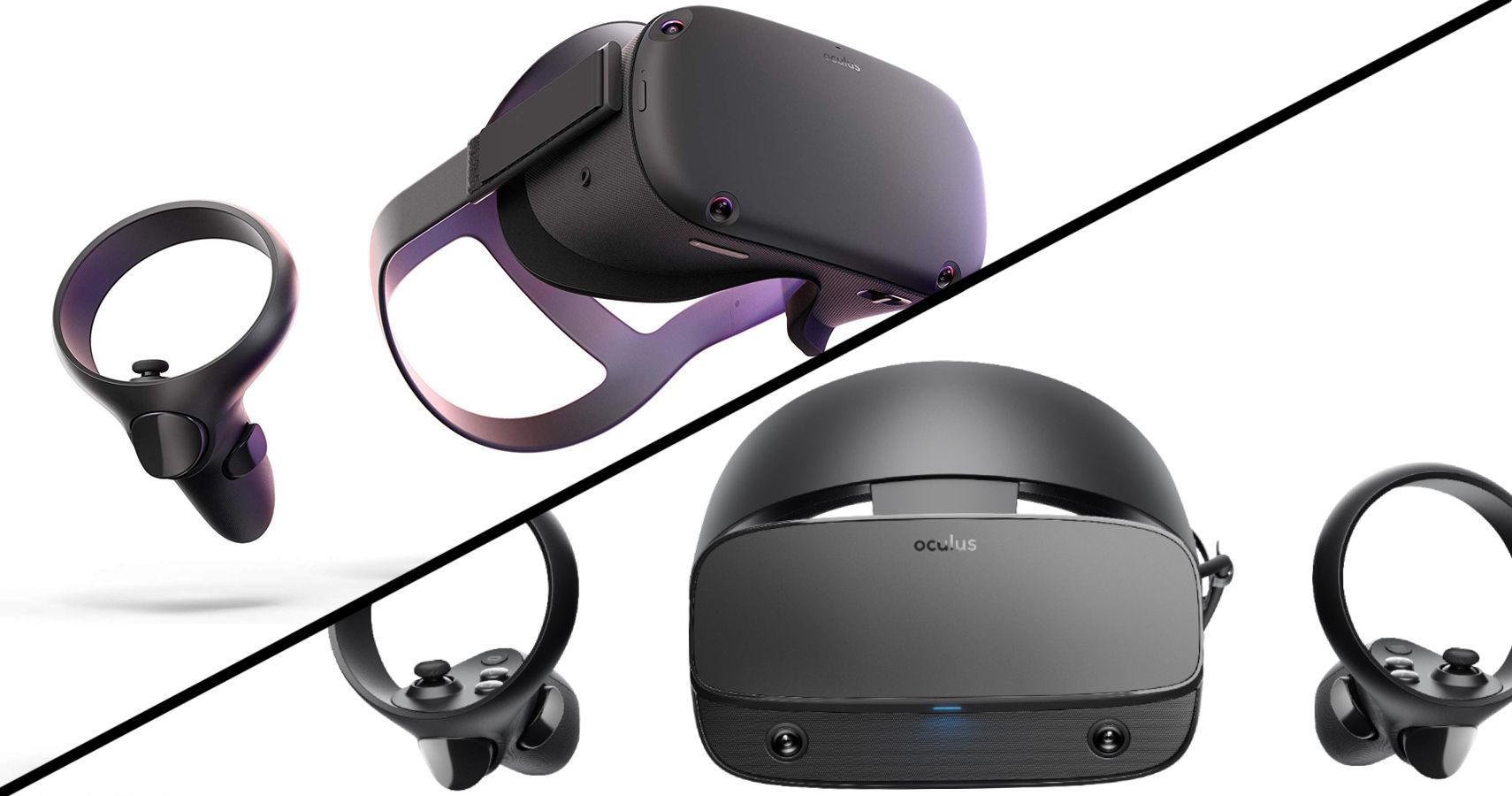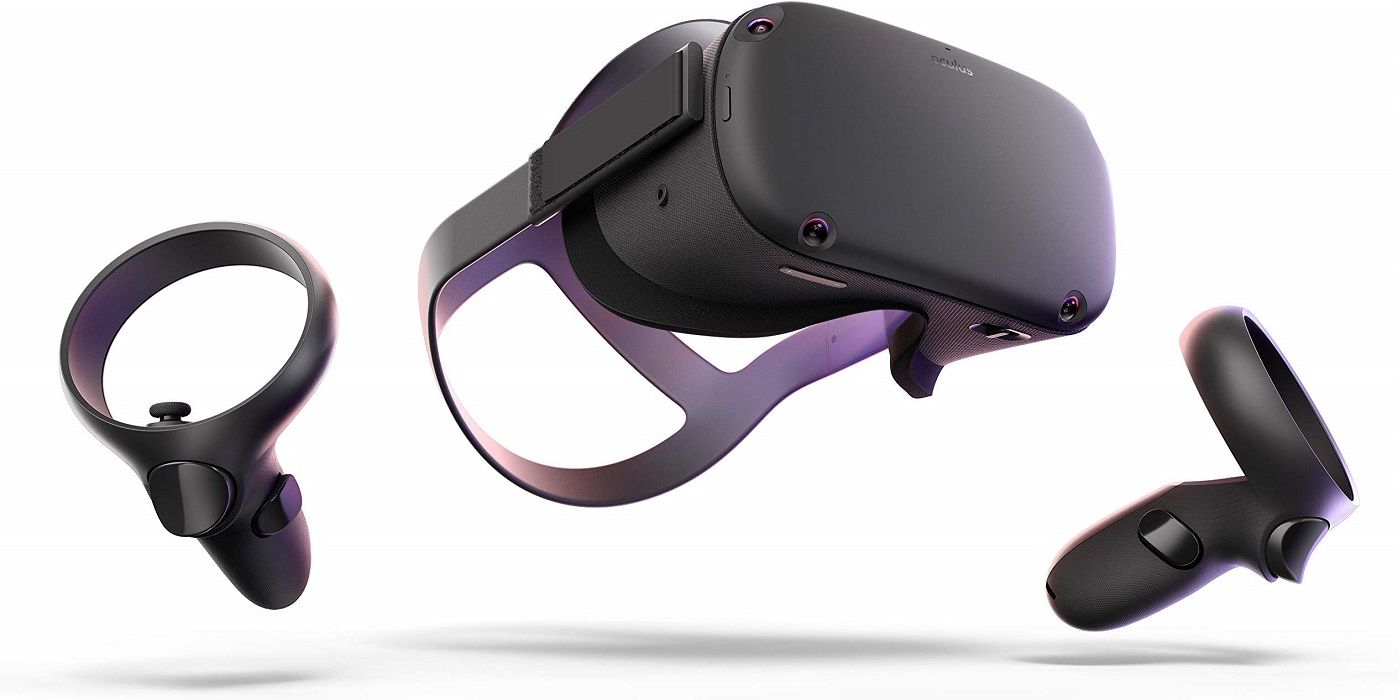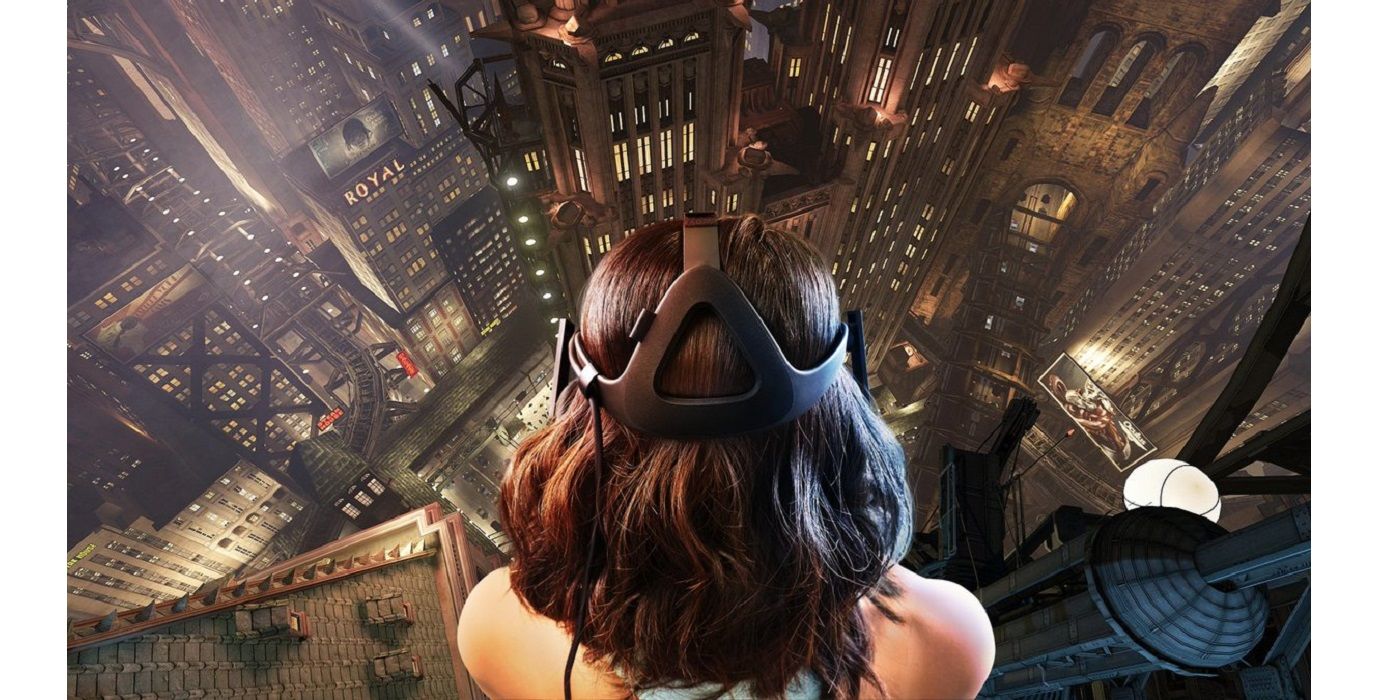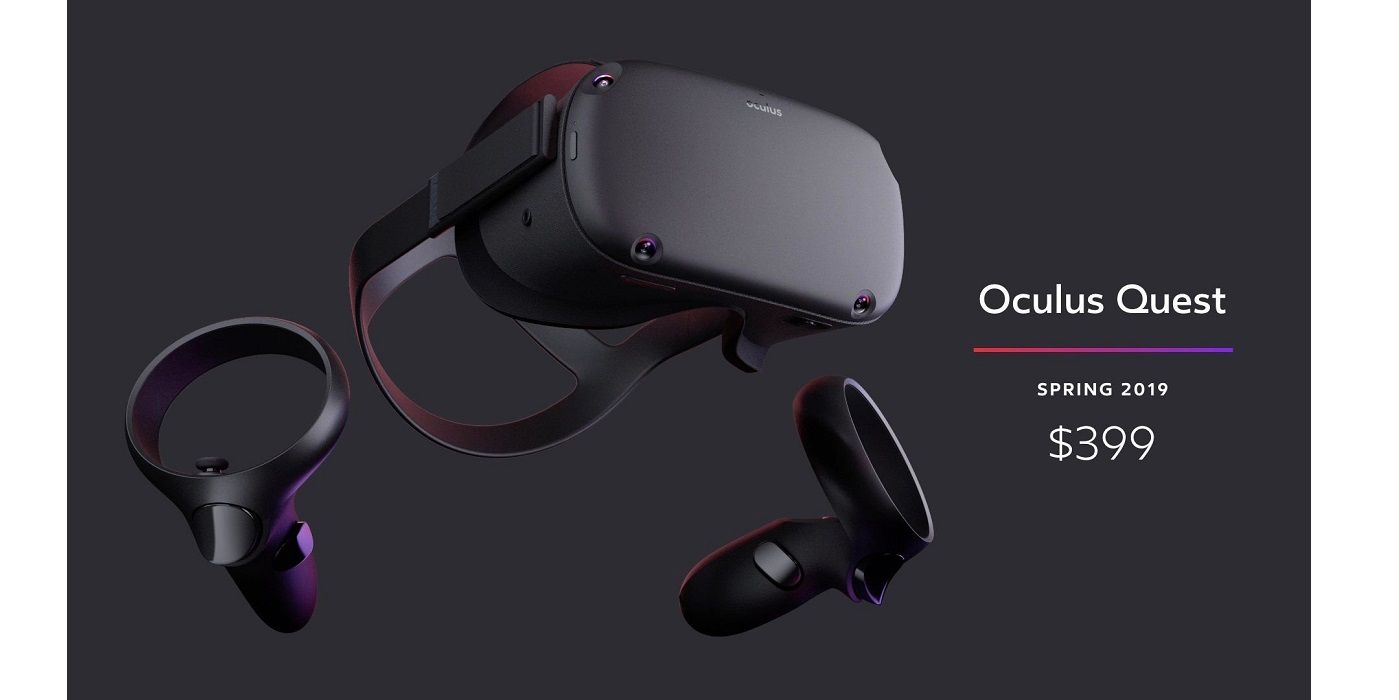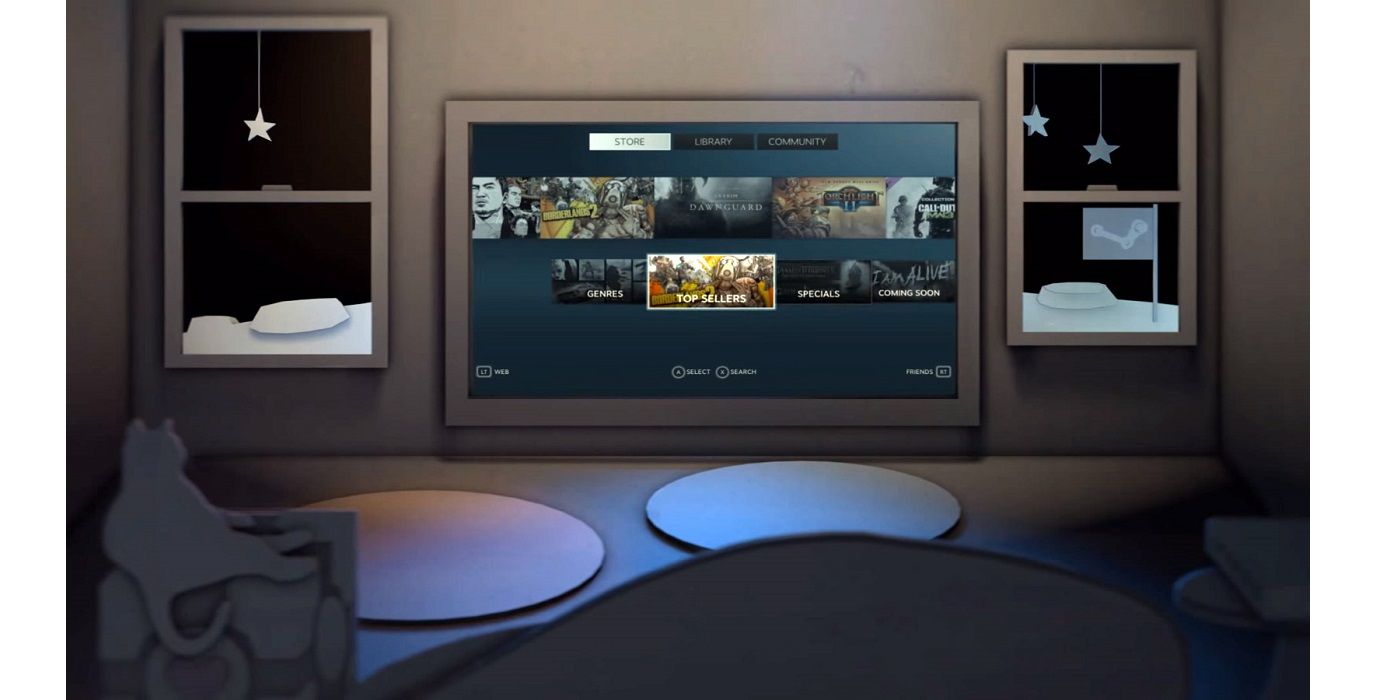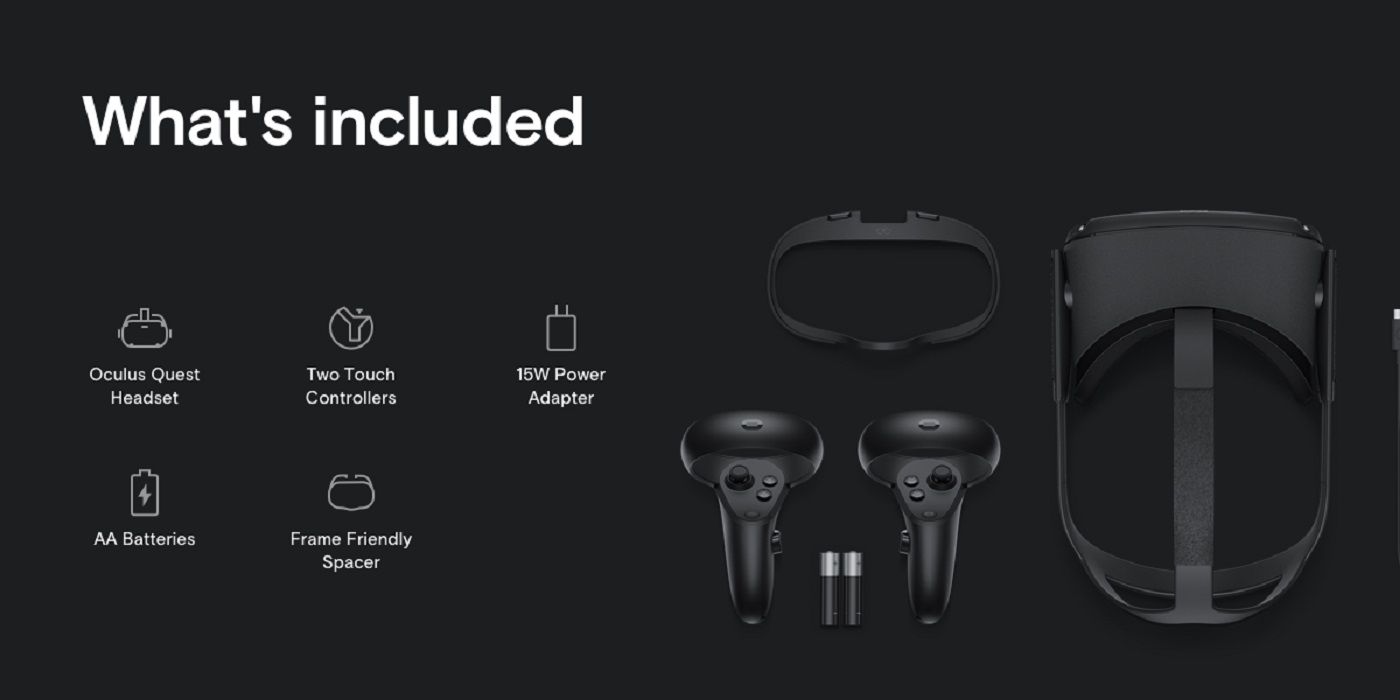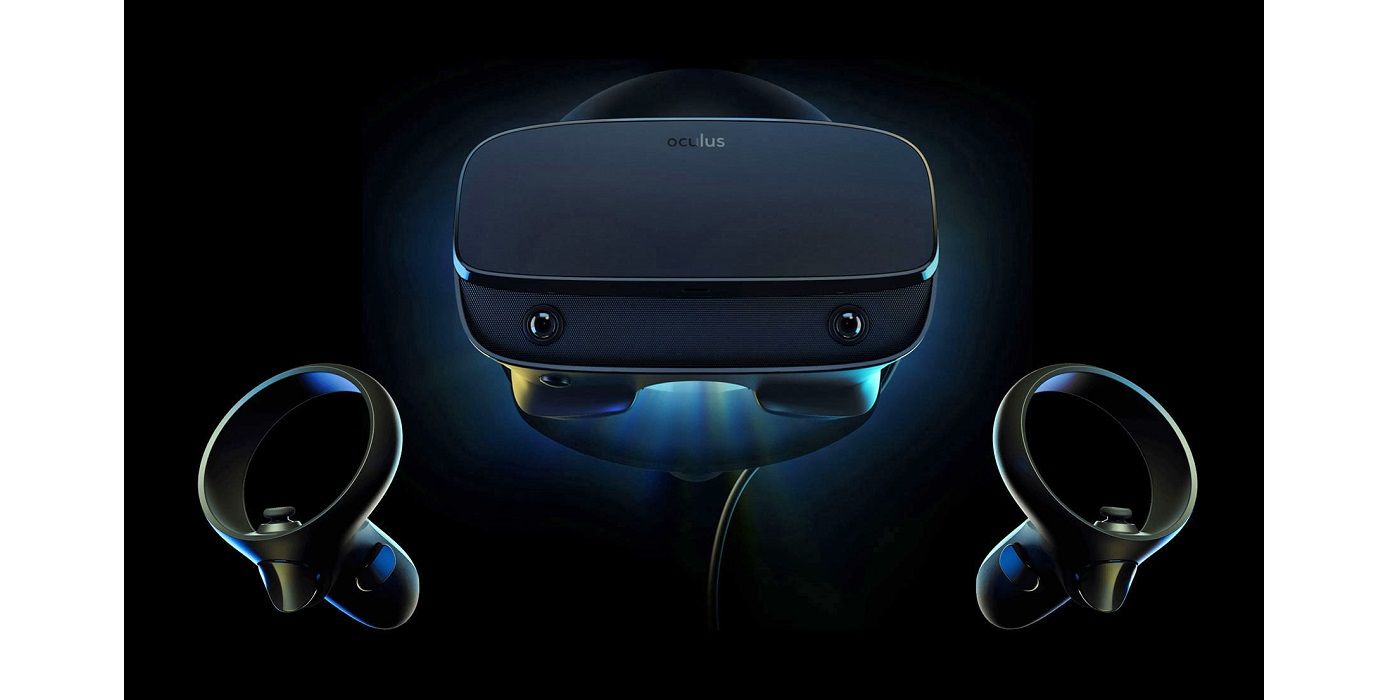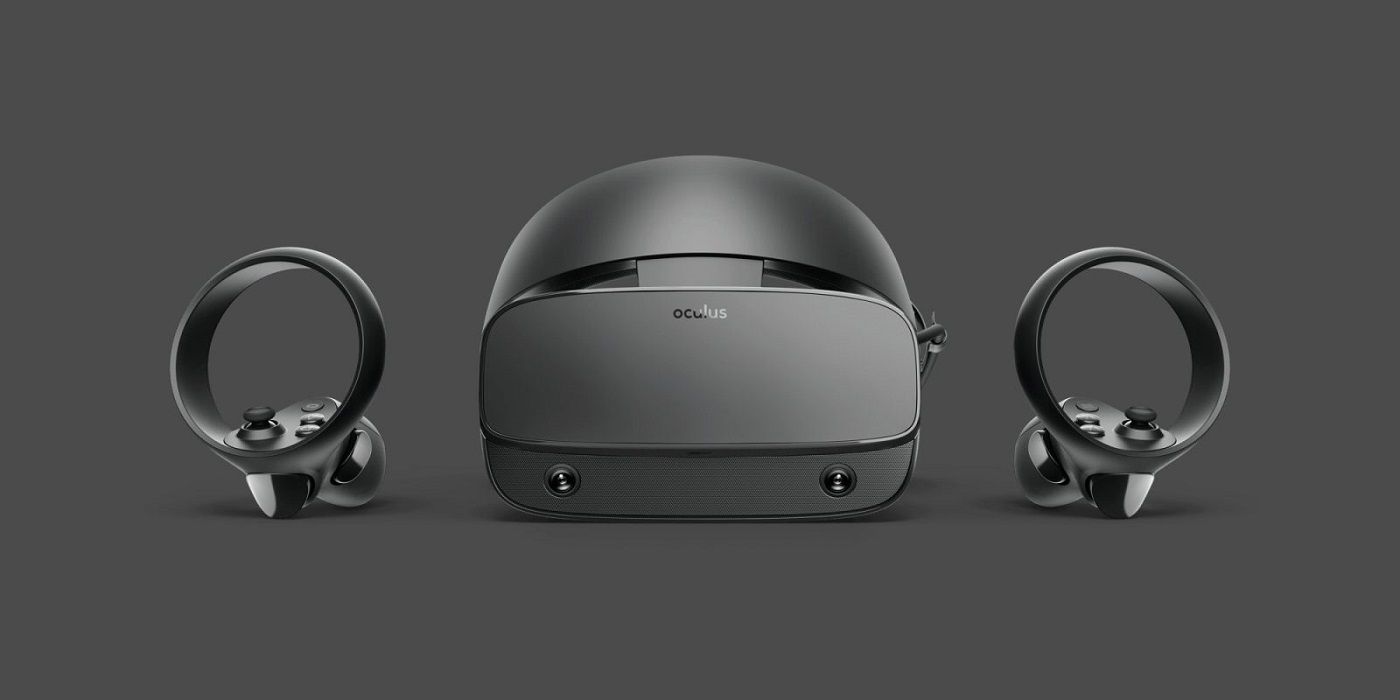Virtual reality is a section of the gaming industry that has yet to take off. While there are several different options like the HTC Vive and PSVR, the number of people who own a headset is quite small. Facebook has made some fascinating advancements with their new headsets: the Oculus Rift S and the Oculus Quest. Both of these headsets try to advance the VR technology in their own ways.
If you're thinking about getting into VR and are deciding between one of these headsets, we've got the guide for you. Here's the breakdown on the differences between the Rift S and the Quest.
10 QUEST: PORTABLE VR
One of the big downsides to a VR setup is that it's nearly impossible to take anywhere. It requires such a lengthy setup and so much equipment that it could take hours just to get everything ready. With the Oculus Quest, that is a thing of the past.
The Oculus Quest is just the headset and the controllers. That's all you need. This portability allows you to easily bring the headset with you wherever you go. Sure, the headset might be clunky to carry compared to other tech, but it's still a portable VR headset at the end of the day.
9 RIFT S: HIGHER RESOLUTION
The Oculus Rift S is a more traditional headset, having to be powered through a gaming PC rather than mobile technology. However, for the people that are interested in image quality, the Rift S has them covered. With a gaming PC powering it, the Rift S has higher resolution than the Quest.
The images are much clearer, and there aren't as many visual imperfections on display. The Rift S simply has more power behind it that the Quest just can't have. It takes a lot to power the display for a VR headset, so the Rift S is just enhancing the technology that already exists.
8 QUEST: LOW COST
One of the advantages of having the Oculus Quest is that it's its own thing. It exists as a singular gaming platform and is priced accordingly. A base price of $400 and a $500 model for those who want more storage is the standard for the Oculus Quest (not as low as Nintendo Labo).
This is similar to the price of an Oculus Rift S, but the difference is in the details. The Quest doesn't require any extra materials or peripherals to play. All you need to buy is the Quest and you're all good to go with a full VR experience. At the end of the day, you'll spend a lot less money.
7 RIFT S: GREATER LIBRARY
A huge benefit with the Rift S is that it's releasing to an already established library of games. With Steam VR support, there are plenty of awesome games available to download on the headset. That's not something that the Quest has. Instead, it has to run its own games service separate from anything else.
While there are still great titles on the Quest's library, it doesn't compare to the much greater library that can be accessed on the Rift S. As far as the number of games goes, the Rift S is a much greater experience than the new library of the Quest.
6 QUEST: NO COMPUTER
The big draw of the Oculus Quest is that it doesn't need to be tethered to a computer. This has a lot of advantages in terms of power consumption and portability. One of the bigger advantages is that it also isn't attached with a cord, which can easily get in the way when using headsets like the Rift S.
However, there are disadvantages to not having a computer, though. For starters, the Oculus Quest runs on its own battery and lasts only about 2 hours. This means that it'll need to be charged frequently for longer gaming sessions. It also isn't as powerful as the Rift S is.
5 RIFT S: NO CAMERA SETUP
One of the more complicated aspects of VR headsets has been the camera setup. If players wanted to use the headset, they would need to place cameras in their room and make sure they were at a proper distance to optimize the tracking for the headset. One thing that both the Rift S and Quest share is that those cameras are no longer necessary.
Instead, both headsets have cameras built into the system that track on their own. The Rift S still has all the other VR strings attached, though, but the setup is a bit faster without having to calibrate those cameras.
4 QUEST: NO DEDICATED ROOM
Another problem for people that want to get into VR is that they need a fairly open space to do so. This has led some to use dedicated VR rooms with as little clutter as possible to get the job done. With cameras, a PC, and more, it's almost necessary.
That's not necessary with the Oculus Quest. It can be played in just about any room. The headset has players drawing their own boundaries. Anytime those boundaries are left during play, the cameras show players a real-time view of the world around them. This prevents any mishaps regarding space while swinging a lightsaber and is an intuitive solution.
3 RIFT S: MADE FOR THOSE ALREADY INVESTED
A deciding factor between the Quest and the Rift S may be how you invested you already are in VR. If you already have a VR setup through your computer and just want an upgraded version of it, then the Rift S is probably the way to go.
Working on an already-established library of games, you just have to swap out headsets and you're ready to play all the games you've stored up in that time. Because the Quest has to have its own library and own software, it may be a bummer to have to navigate a new library with unfamiliar software.
2 QUEST: SHARING POTENTIAL
VR headsets are always fun to share with others. The initial wow factor of being transported into a new world has captivated people for quite some time. However, people always have to go to VR headsets in order to experience that.
That's no longer the case with the Oculus Quest. Now, those who have the headset can bring it to their friends and show them the wonders of playing games in VR. With casting support, it makes the experience great for those playing as well as those watching. It ensures that the headset is always prepared to show itself off to a group of people.
1 RIFT S: MORE SENSORS
Instead of mounting cameras all around a room, the Rift S and Quest both have cameras on the headset itself to track movement. However, the Rift S, being a more traditional experience, has one additional camera to assist than the Quest does. This leads to, overall, more accurate movement than the Quest.
It's not something that casual players will notice, but those wholly invested in VR will probably be able to tell the difference. Either way, neither headset lacks in the tracking department all things considered. It's not as accurate as room-mounted cameras, but it more than gets the job done.

